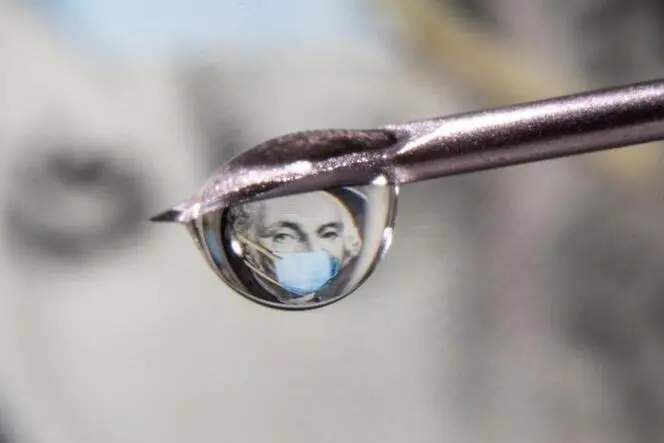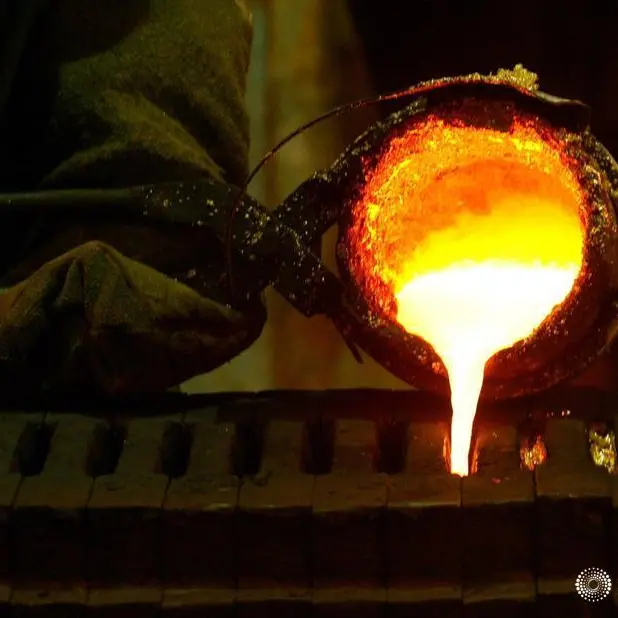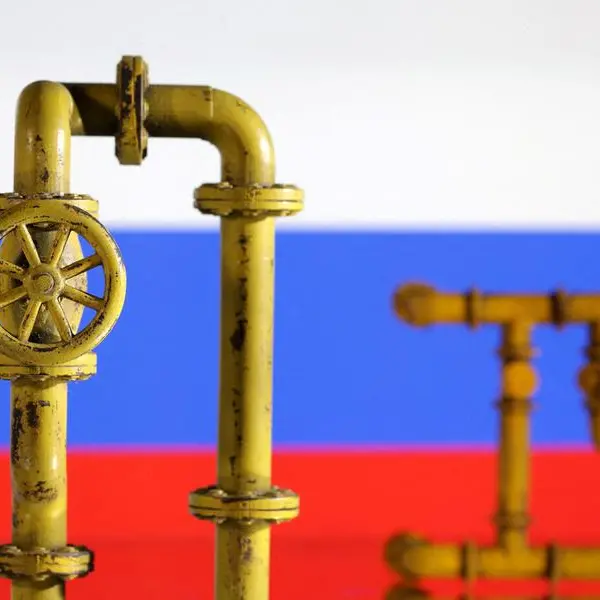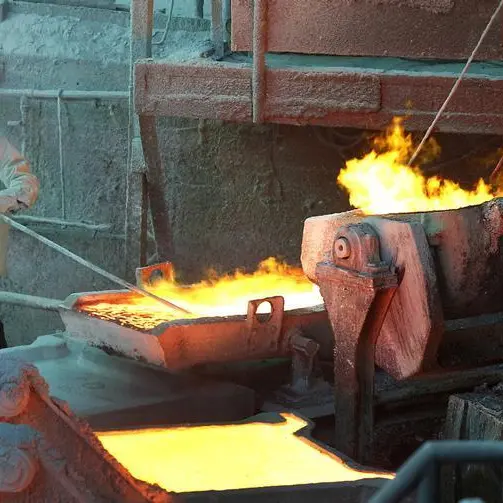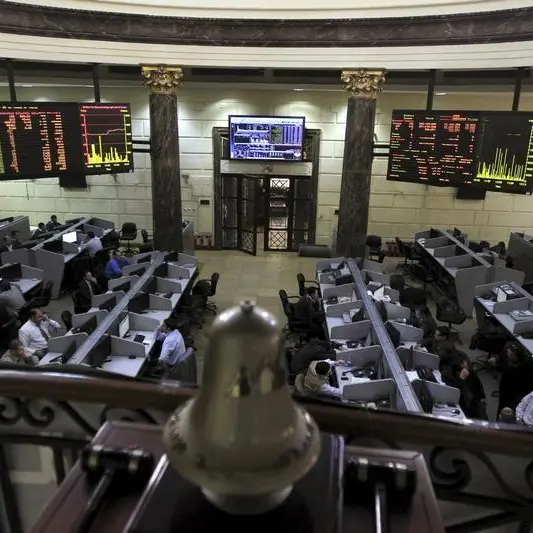PHOTO
LONDON/SHANGHAI - Investors scooped up stocks, commodities and emerging-market currencies and gave the dollar a wide berth as AstraZeneca and Oxford University provided markets with their now-regular Monday shot of encouraging COVID-19 vaccine news.
The STOXX index of Europe's 600 largest firms rose to its highest since February, Wall Street was pointing up 0.6% .N and Brent futures were nearly 1.5% stronger.
AstraZeneca and Oxford vaccine, which is set to cost just a few dollars a shot and should be easier to ramp up and store than vaccines by Pfizer and BioNTech and Moderna, could also be up to 90% effective.
As the dollar buckled through a range it has been in for the past few months, the euro touched $1.19, but it was the emerging markets that are likely to benefit from a cheaper and easier-to-store drug that rallied the most.
South Africa's rand shrugged off a double sovereign credit-rating downgrade over the weekend to add 0.8%. Russia's rouble and Mexican peso both climbed half a percent to bolster their stellar months.
"The combined vaccine news of the last few weeks... will lead to a much faster pace of normalization to our daily lives compared to what we would have assumed just a few weeks ago," analysts at Deutsche Bank said in a note to clients. "By spring, things should be looking much closer to normal."
Markets' optimism also came after a top official of the U.S. government's vaccine-development effort said Sunday that the first vaccines there could be given to U.S. healthcare workers and some others by mid-December.
U.S shares looked set to mimic gains in Europe and Asia, as Nasdaq futures rose 0.4%, Dow futures rose 0.7%, and U.S. e-mini futures for the S&P 500 were 0.6% higher at 3,576.
The rally also showed investors are willing to look past the grim U.S. case numbers -- which topped 12 million over the weekend -- and mixed European economic data released on Monday.
IHS Markit's headline flash composite PMI, seen as a good guide to economic health, fell to 45.1 in November from October's 50.0 - the level separating growth from contraction. A Reuters poll had predicted a shallower dip to 46.1.
Vaccine hopes, though, and expectations of more stimulus from the European Central Bank next month, meant optimism improved. The composite future output index jumped to 60.1 from 56.5, its highest since February.
"Today's vaccine news is positive, but it is only partly responsible for the rally in stock markets," said Philip Shaw, chief economist at Investec in London. "(It) is also being driven by the news that the U.S. hopes to start the vaccination program in under three weeks."
GOLD LOSING ITS SHINE
Euro zone government bonds saw some selling as investors also focused on the fact that major economies remain under strict lockdowns and that COVID-19 cases are not receding.
Benchmark German 10-year Bund yields were last flat at -0.57%, off a two-week low.
The European share rally took the region's November gains to 15% and followed another record high for Asian equities even before the announcement of latest vaccine news.
MSCI's broadest index of Asia-Pacific shares outside Japan ended the day 0.8% higher.
Analysts said the gains belied some uncertainty as monetary and fiscal help for the U.S. economy remained elusive.
U.S. Treasury Secretary Steven Mnuchin said last week that key pandemic lending programs at the Federal Reserve would expire on Dec. 31, putting the outgoing Trump administration at odds with the central bank and potentially adding stress to the economy.
With the vaccine news and dollar index, which tracks the dollar against a basket of six major rivals, down to 92.097, commodity markets were still bullish, with traders optimistic about a recovery in crude demand pushing oil higher.
West Texas Intermediate crude gained 71 cents, or 1.67%, to $43.13 a barrel, in line with the gains in Brent crude futures. Both benchmarks jumped 5% last week.
Safe-haven gold , meanwhile, drifted at $1,864 per ounce, having lost almost 10% since peaking in earlier August.
"Positive sentiment continues to be driven by the recent good news about the efficacy of coronavirus vaccines in development and the expectation that the OPEC+ meeting at the end of this month could see the group extend current cuts by three to six months," said Stephen Innes, chief global markets Strategist at Axi, a financial services firm.
(Reporting by Lawrence White and Andrew Galbraith; editing by Richard Pullin, Larry King) ((lawrence.white@thomsonreuters.com; +44 20 7513 5083; Reuters Messaging: lawrence.white.thomsonreuters@reuters.net;))
